Wedding rings are symbols of commitment and love, worn to signify a lifelong bond between partners. If you're newly married, you might find yourself glancing at your left hand, wondering "How do I wear my wedding rings with engagement ring?" Perhaps you're also curious about how to wear your wedding rings with other pieces of jewelry.
This guide delves into the rich traditions and modern approaches on how to wear wedding rings, exploring the symbolism behind these cherished bands and the various styles available. We'll also discuss how to pair them with your engagement rings and offer tips on coordinating them with other jewelry pieces to celebrate your union in style.
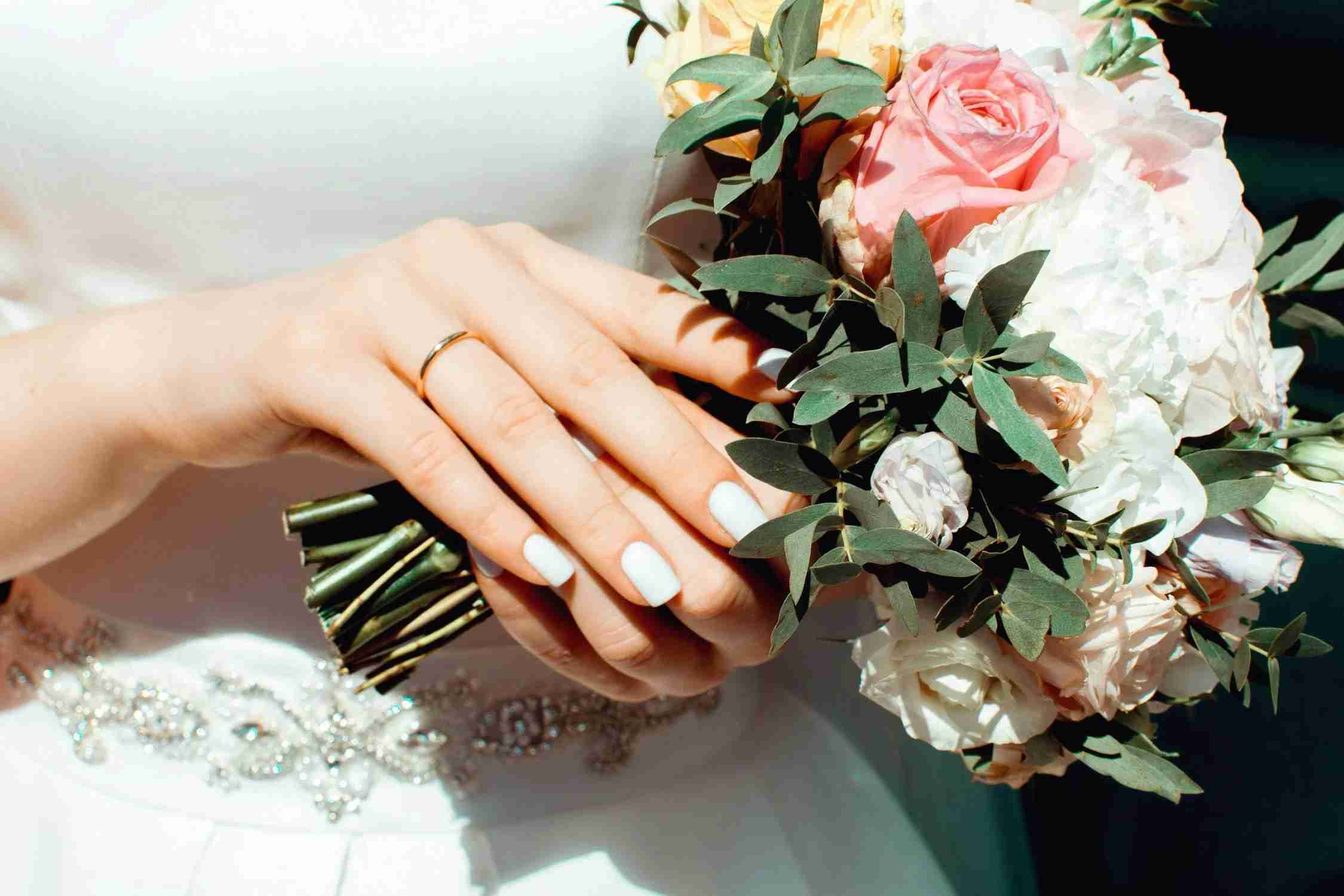
Before we delve into the etiquettes of how to wear a wedding ring, it's essential to understand the rich symbolism behind it. Wedding rings hold a deep symbolic significance that transcends cultures and time. Traditionally, these rings are crafted in a perfect circle—a shape with no beginning or end—which mirrors the eternal nature of love and commitment. This symbolism underscores the vows taken by couples to love and cherish each other for a lifetime, making the act of exchanging rings a pivotal moment in any wedding ceremony.
Historically, the materials from which wedding rings are made also carry meaning. Gold, enduring and resistant to tarnish, symbolizes purity and the couple’s aspiration for a lasting relationship. Diamonds, frequently used in wedding rings, are one of the hardest substances on Earth, symbolizing the strength and resilience of the bond between the married couple.
In modern contexts, personalization has become a significant aspect of the symbolism in wedding rings. Many couples choose to engrave their rings with dates, initials, or personal messages that hold special significance to them, further personalizing the symbolism and making the rings unique tokens of their love and commitment.
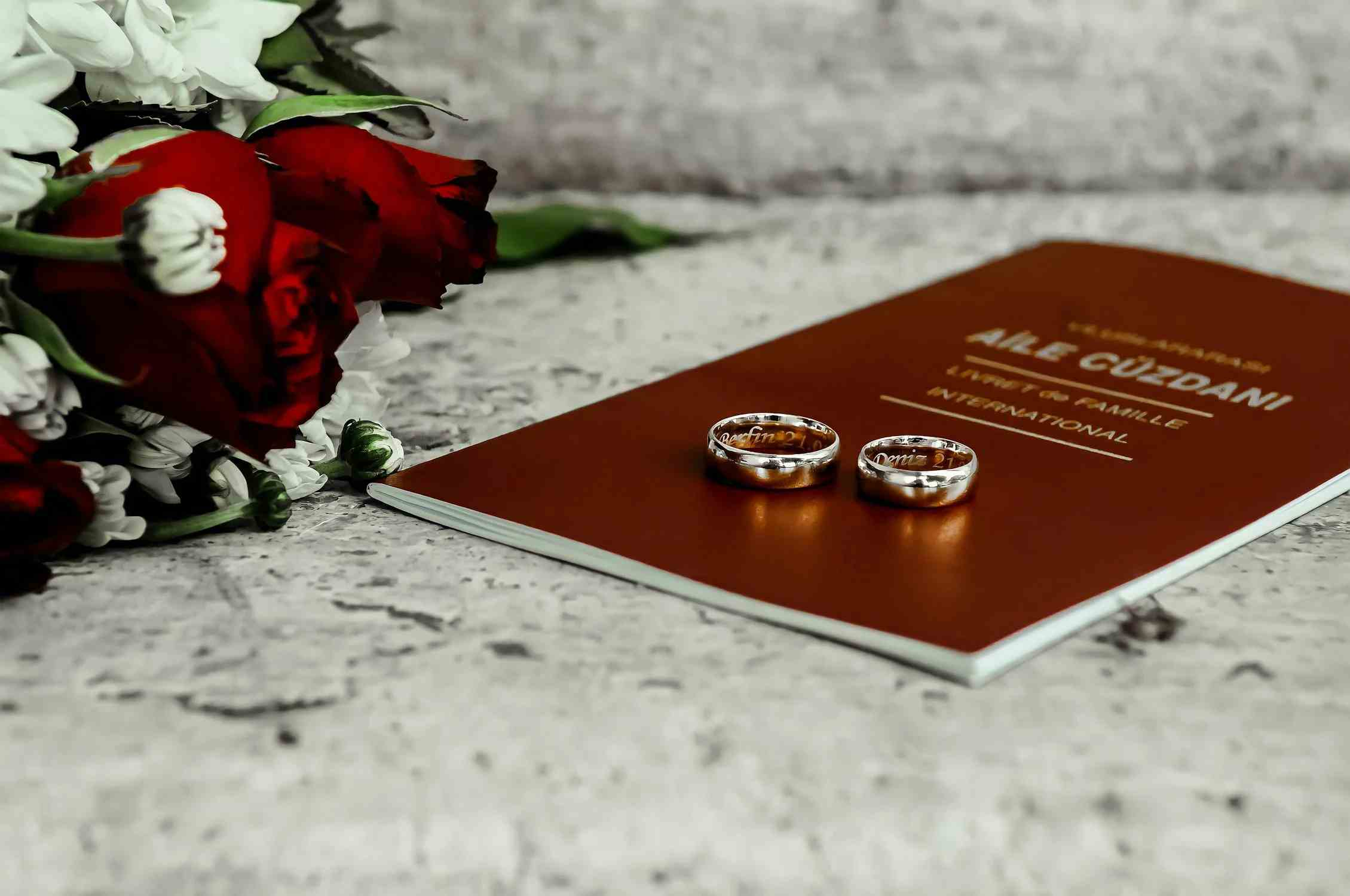
So, how do you wear your wedding rings? The tradition varies across different cultures and personal preferences, but there are common practices that many follow. Here are 4 popular ways to wear these cherished symbols of love:
The most common practice on how to wear your wedding ring in Western cultures is to wear it on the fourth finger of the left hand. This tradition, believed to originate from the ancient Egyptians and Romans, is based on the idea that the "vena amoris," or vein of love, runs directly from this finger to the heart. In the United States, the United Kingdom, Canada, and many other countries, this practice remains the norm. Couples often follow this tradition during their wedding ceremony, placing the ring on the left hand as a symbol of eternal love and commitment.
In many cultures, such as those in Germany, Russia, India, Poland, and Greece, wedding rings are traditionally worn on the right hand. This custom stems from an ancient Roman belief that the left hand was untrustworthy. They thought the Latin word for "left hand" shares the same root as the modern-day word "sinister", which means "dangerous" and "ominous". For this reason, couples from related countries and religions like Eastern Orthodox Christianity often place their wedding rings on the right hand during the ceremony, signifying their union and adherence to tradition. Wearing the ring on the right hand can also be a personal preference or a practical choice for those who use their left hand predominantly.
Some people opt for a more modern approach by wearing their wedding ring on a chain around their neck. This can be a practical choice for those who have jobs or hobbies where wearing rings on their hands is not feasible or safe, such as medical professionals or mechanics. This method also allows for a more personal and intimate way of keeping the ring close to the heart.
From classic to contemporary, the vast range of wedding ring styles available today ensures that every couple can find rings that resonate with their personal aesthetic and symbolize their unique bond. Here are some popular styles:
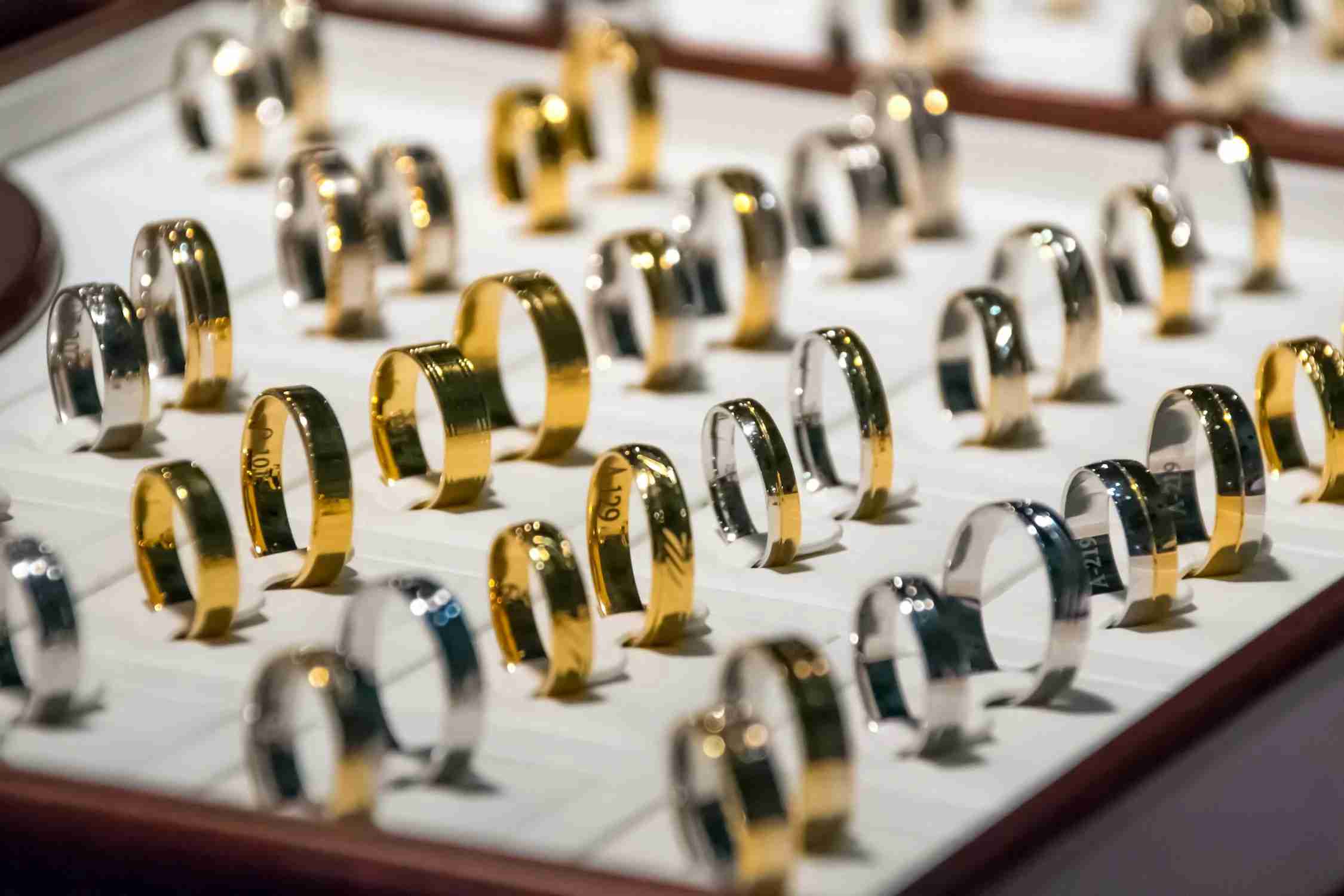
Traditional plain bands, often made of gold, platinum, or white gold, remain a popular choice for their timeless elegance and simplicity. These classic rings are perfect for those who prefer understated sophistication. Their smooth, unadorned surface symbolizes the pure, unbroken circle of love and commitment.
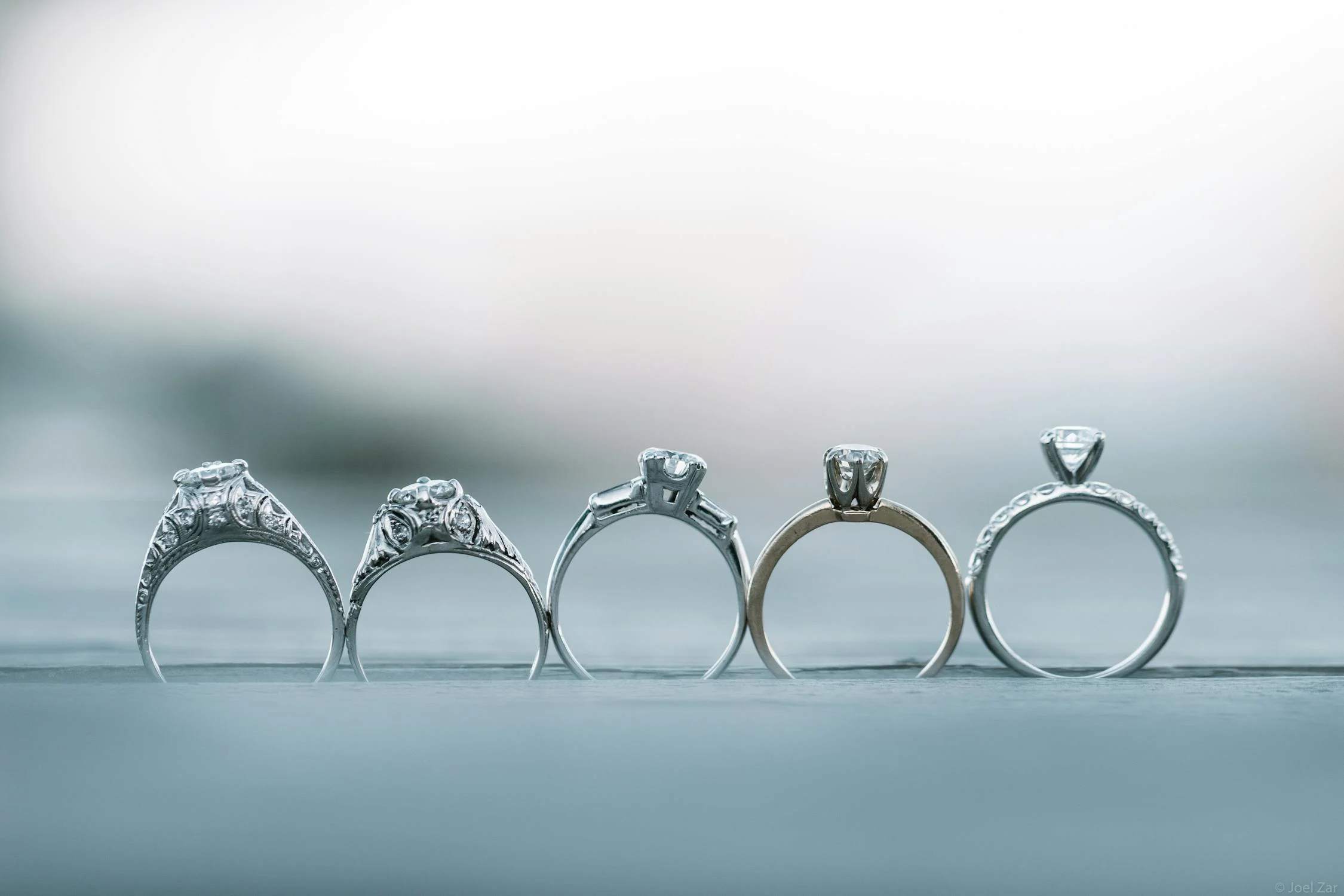
For those who want their ring to shine with brilliance and catch the eye, diamond-encrusted bands offer a glamorous option. These rings can feature a single row of small diamonds, known as a pave setting, or larger stones set along the band. They add sparkle and elegance, making the wedding ring a stunning focal point.
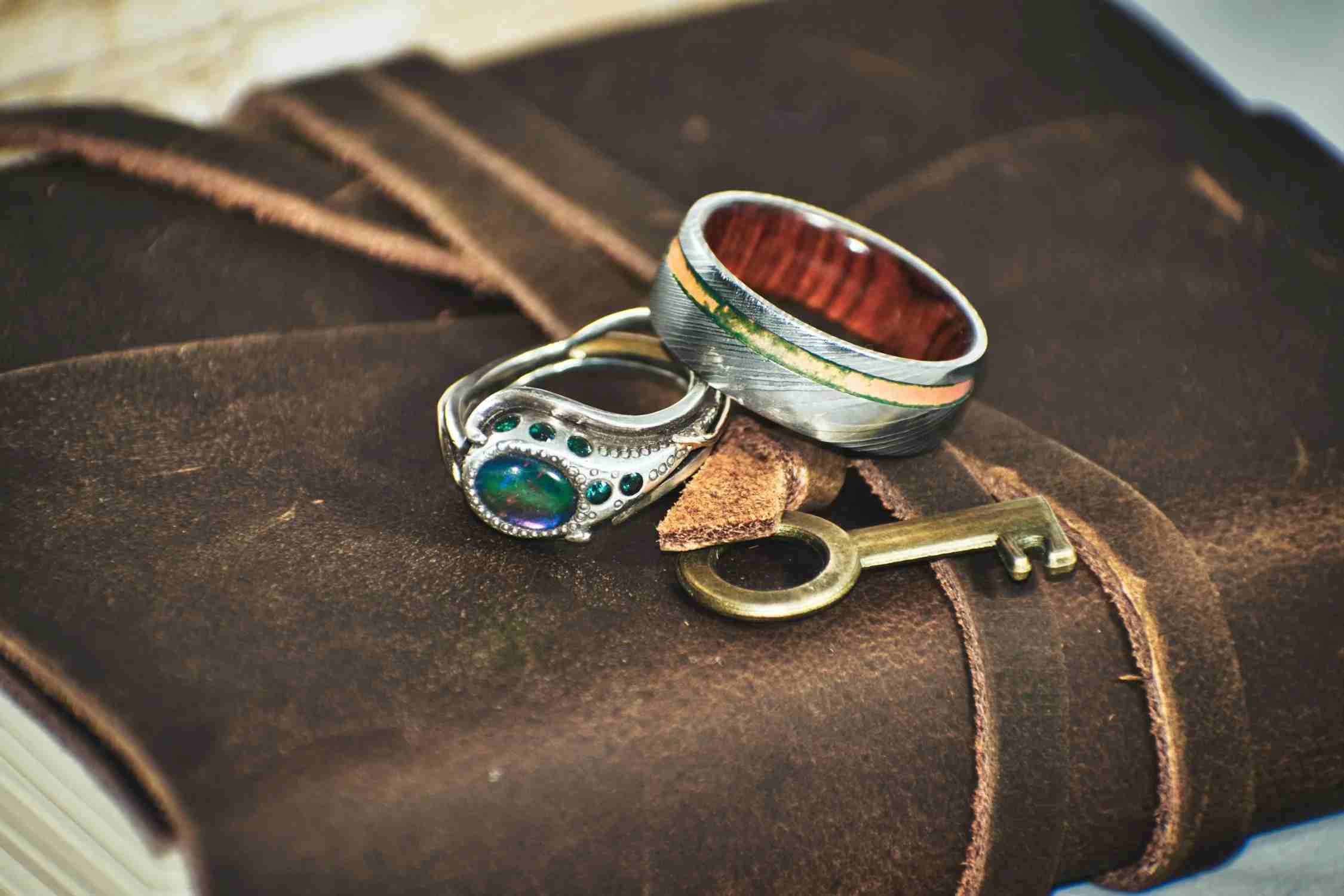
Vintage-inspired rings have a charm that evokes the romance of bygone eras. These rings often feature intricate designs, filigree work, and milgrain detailing, which add a sense of history and artistry. Antique finishes, such as brushed or matte surfaces, enhance the vintage appeal. They are ideal for those who appreciate the craftsmanship and nostalgia of earlier times.
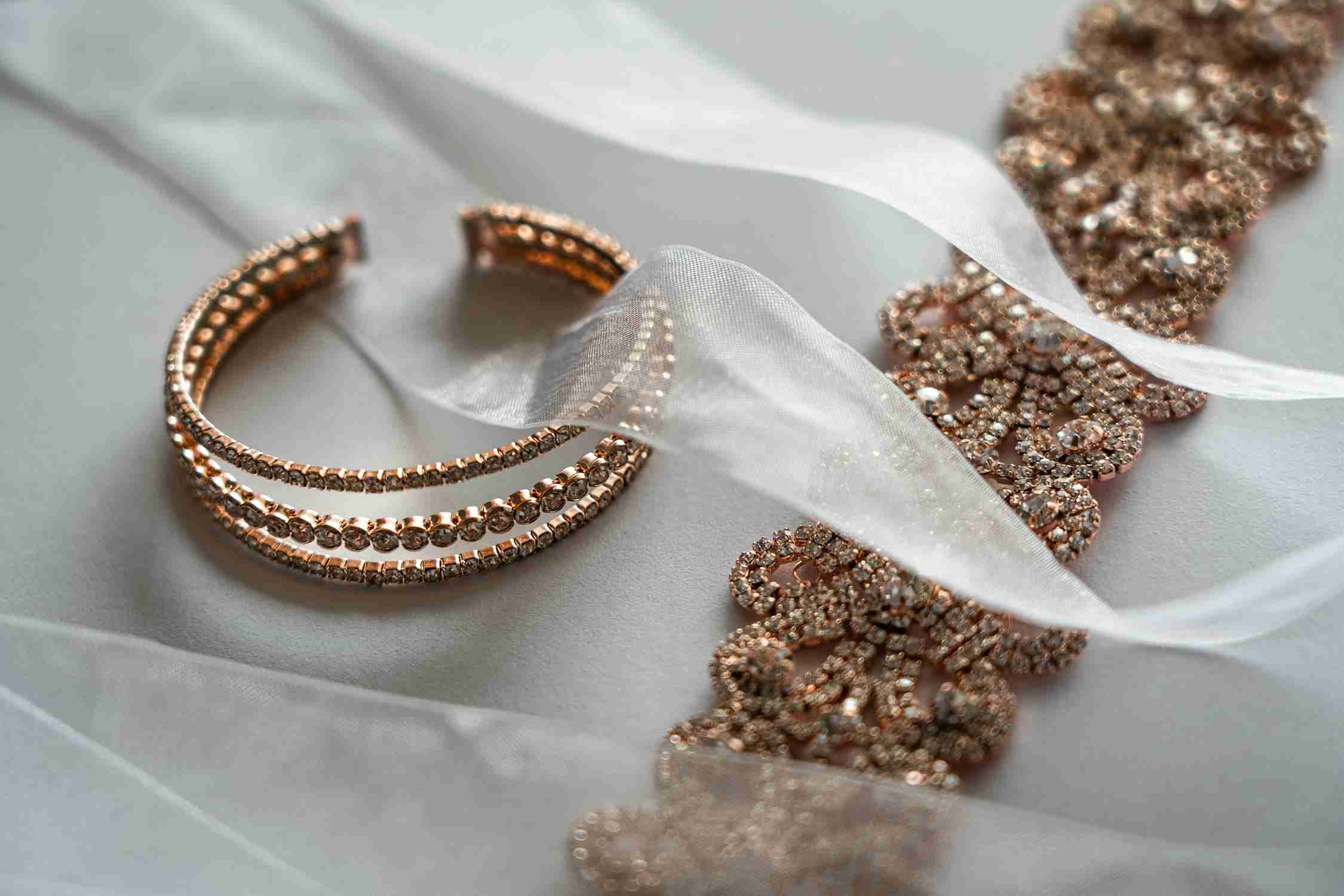
Contemporary styles bring innovation and uniqueness to wedding rings. Rings made from unconventional materials such as tungsten, titanium, and even wood are becoming increasingly popular. These modern designs often incorporate bold shapes, geometric patterns, and innovative textures. For instance, rings with inlays of carbon fiber or colored gemstones offer a distinctive, cutting-edge look.
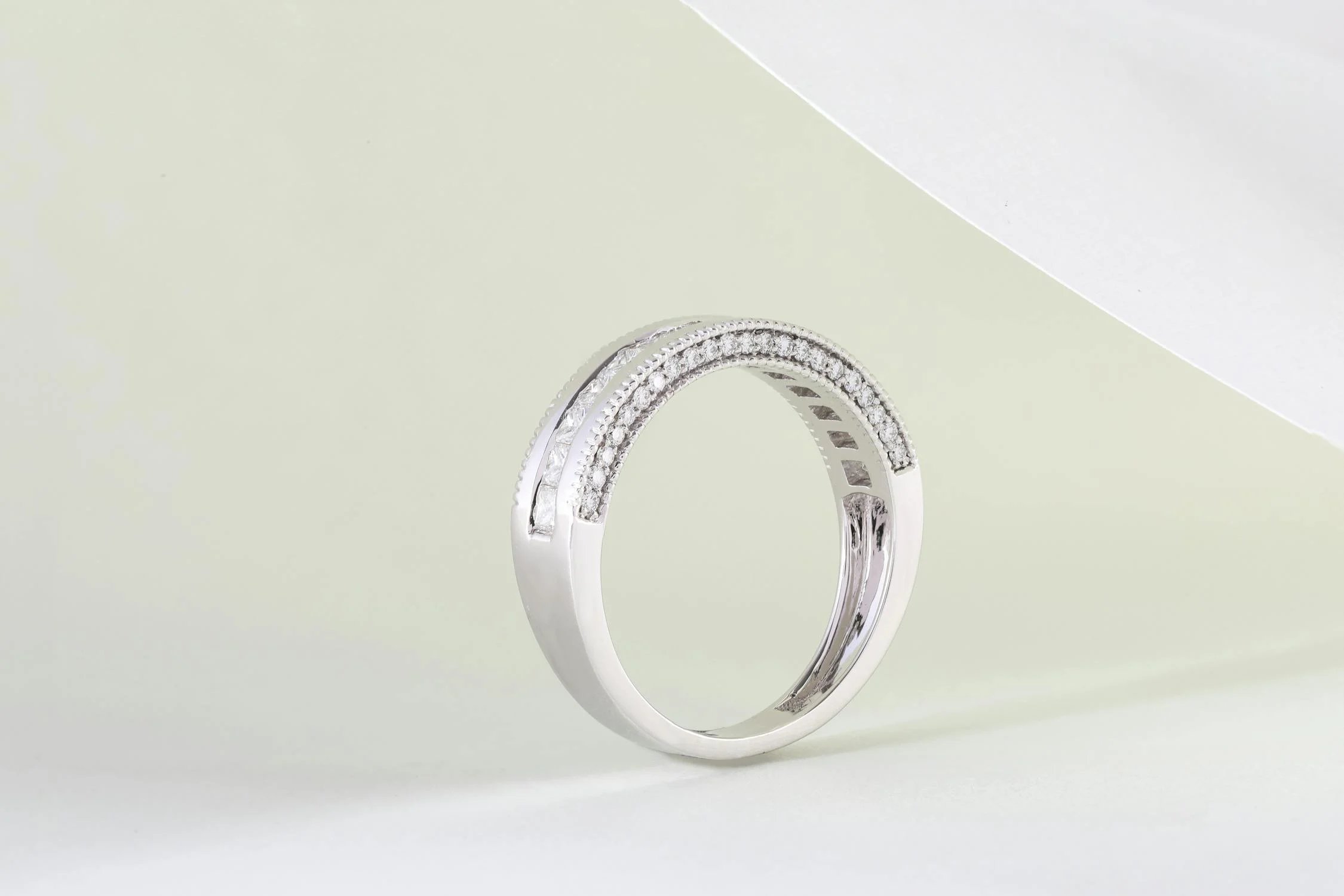
Eternity bands feature a continuous line of identical gemstones, usually diamonds, around the entire band. This design symbolizes an unending cycle of love and commitment. Eternity bands can be worn alone or stacked with engagement rings and other bands, making them a versatile and elegant choice.

Two-tone rings combine two different metals, such as yellow gold and white gold, to create a striking contrast. This style offers the best of both worlds, blending traditional and modern elements. Two-tone rings are perfect for those who want a unique look that stands out while still being classic.
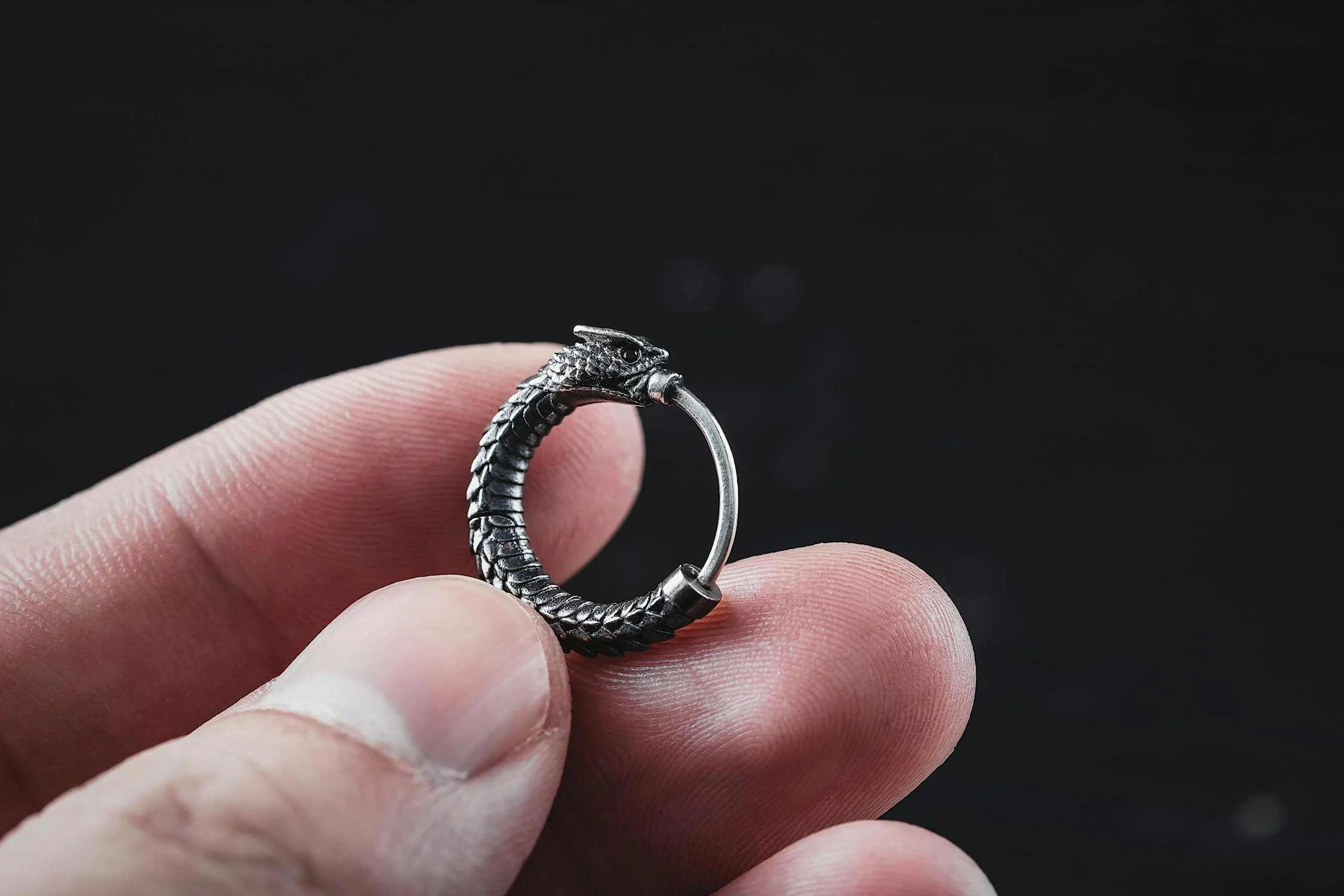
Celtic wedding rings feature intricate knotwork designs that symbolize eternity and interconnectedness. These rings often draw inspiration from ancient Celtic art and carry deep cultural significance. They are ideal for those with Celtic heritage or anyone who appreciates the beauty and symbolism of these timeless patterns.
Yes, you can wear your engagement ring with your wedding ring, and many brides choose to do so. The key to achieving a harmonious look is in matching and coordinating the rings. If you're asking, "How to wear my wedding ring with my engagement ring?", here are some popular practices:
Stacking these two rings is a popular method. Most often, the wedding ring is worn closest to the heart, and the engagement ring is placed next to it on the outside. This tradition stems from the belief that the wedding ring should be closer to the heart, deepening its symbolic meaning.
When planning to wear both rings on the same finger, consider how they match in terms of metal, style, and width. Some jewelers offer bridal sets designed specifically for this purpose, with both rings crafted to fit together perfectly. Alternatively, consider these tips to ensure they interlock or complement each other:
When considering how to wear wedding ring set, some couples choose to wear their wedding rings and engagement rings on different hands. This wearing style can be practical and stylish, allowing each ring to shine independently. For instance, you might wear your wedding ring on the left ring finger and your engagement ring on the right. This can be a comfortable solution for those who prefer not to stack their rings or for those whose rings don't fit together neatly.
Now how do you wear wedding rings with other jewelry pieces? The key is to balance elegance and personal style without overshadowing the symbolic importance of your wedding band and engagement ring. Here are some tips on how to elegantly incorporate your wedding rings with other jewelry:
Wearing a wedding ring is a tradition that carries deep symbolic meaning and personal significance. From understanding their rich symbolism and how to wear wedding rings with elegance, to exploring the different styles and how they can be styled with other pieces of jewelry, we've delved into the various aspects of these precious bands. Whether you favor classic simplicity or bold modern designs, the way you wear and style your wedding rings can reflect your unique personality and the depth of your commitment. Embrace the traditions, explore the styles, and most importantly, wear your wedding rings with pride and joy.
In many Western countries, the wedding ring is traditionally worn on the fourth finger of the left hand. This tradition is based on the ancient belief that a vein from this finger runs directly to the heart. However, in some countries like Russia, India, and Greece, it is customary to wear the wedding ring on the right hand. Ultimately, the choice of which hand to wear your wedding ring on can depend on cultural, familial, or personal preferences.
When wearing both an engagement ring and a wedding ring, the wedding ring typically goes on the finger first. This is because it is traditionally worn closest to the heart, followed by the engagement ring. Alternatively, you can also wear the engagement ring first, symbolizing the journey from engagement to marriage.
The main difference between a wedding band and an engagement ring is their symbolism and timing in the marriage process. An engagement ring is typically given at the proposal and often features one or more prominent gemstones, symbolizing a promise of marriage. In contrast, a wedding band is exchanged during the wedding ceremony and symbolizes the actual commitment and marriage.
Find how to make an engagement ring with our guide, from gathering materials to achieving a professional finish. Craft your own symbol of love today!
Read MoreCan you sleep with earrings in? How to sleep with them safely and choose sleep-friendly earrings for a safe and comfortable night's rest. Read the article to find out.
Read MoreWhat are leverback earrings? The article tells you everything about them, including the benefis of wearing this jewelry, how to style them, and how to keep it in good condition.
Read MoreWhat is a pre-engagement ring? Find out here along with its symbolism, history, types, differences from promise rings, and tips for choosing the perfect one.
Read More